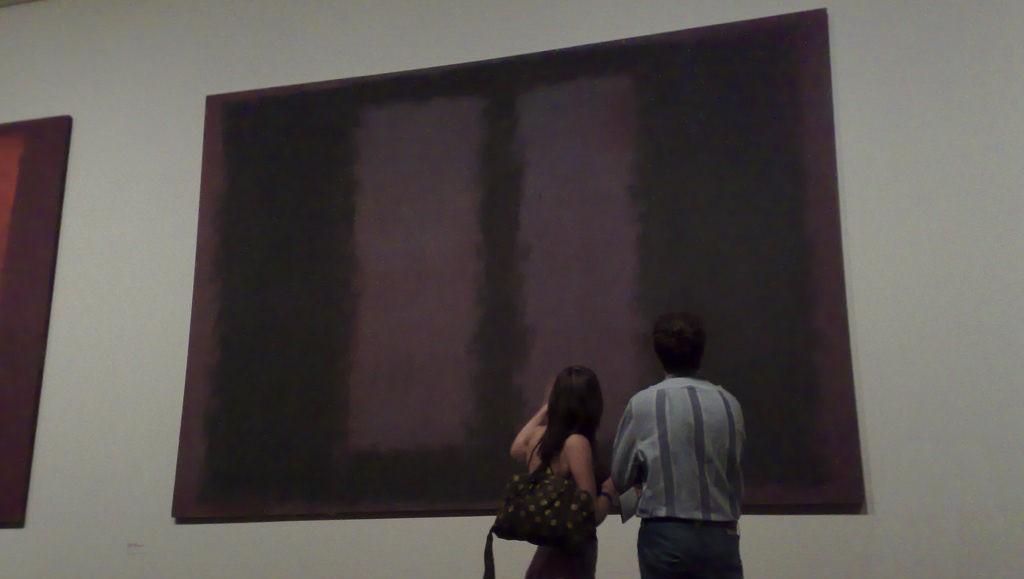What happens in our brains when we look at art?
Mark Rothko’s “Black on Maroon” (1958) is shown here, hanging at the Tate Modern.
What goes through your mind when you pause at a museum to study a painting? No, really — what’s going on in your brain?
Dr. Eric Kandel is fascinated by this question. A neuroscientist at Columbia University, Kandel has spent his career studying how we form memories; he won the Nobel Prize in 2000 for his research. But his other passion is art, and in his new book, "Reductionism in Art and Brain Science: Bridging the Two Cultures,” he explores how our brains perceive and process creative works.
“Artists often use experimental approaches that are very similar to scientists,” Kandel says. “Chuck Close and Richard Serra said, ‘Creativity is for amateurs — we solve problems.’”
Looking at the thick color swaths of a Mark Rothko painting, Kandel marvels at how the artist reduced the image to just one of its elements: no form, no figuration, just color. For Kandel, studying the flickers and variations in a Rothko painting is “almost a religious experience.”
“He's exclusively focused on color, and he puts bars of color together,” he says. “And when you stand in front of a Rothko, you see what you can’t see in a picture: that each one of these bars is layers of paint. So there's a veil on top, but underneath it, you see, glowing, that particular color [represented] in that bar.”
Our “brains on art” have a hum of their own — they’re busy handling a flood of information from a few different streams. When we look at an image (or a person), Kandel says that our retinas see the photons bouncing off it. But that’s not enough for us to perceive what we’re seeing. So our brains turn to two additional strategies for help: bottom-up and top-down processing.
Kandel says that bottom-up processing is a set of rules that our visual system has evolved over millions of years.
“So if you see a source of light, you assume it's above because the sun comes above. If you see two people, one much larger than the other, you assume the larger one is closer to you. This is built into your brain.”
And if bottom-up processing is a bit like our visual operating system, hardwired into all of us through evolution, top-down processing resembles our software. It helps us use our own experiences to add information to what we’re seeing.
“You have a personal life, you have relationships, you have experiences, you’ve looked at art, you've listened to music,” Kandel says. “Those learned experiences, your life story, bears upon your perception — all perception, but certainly your perception of art, and in particular, [your] perception of ambiguous art like abstract art.”
Monet’s famous paintings of water lilies include enough detail to steer you through the images at first glance. But upon closer inspection, they’re full of blurred places and vague little spots. Kandel says these abstractions spur us to interpret the image creatively, using top-down processing. Whoever said art isn’t participatory?
“You need imagination, interpretation in order to really make sense out of it in your own head,” he says. “So you recruit top-down processing: your own thinking, your imagination, your experiences. And I don't know whether you function like I do, but I have the lousiest little idea, and I feel good about it. One gets pleasure out of one's attempts at originality.
Of the vague spaces between Monet’s water lilies, Kandel wonders, aloud, “Is this water, is, is this just murkiness, are these lilies that I don't recognize? I mean, that keeps you going for some time, and it's really quite wonderful.”
This article is based on an interview that aired on PRI's Studio 360 with Kurt Andersen.
